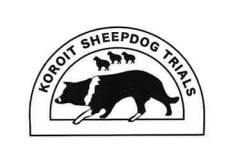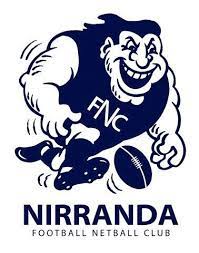This years’ Heytesbury Show celebrated 50 years at Simpson (after moving from Heytesbury Lower). In honour of this milestone, we created a short handout as part of our Mystery Showbag offering. It looked back at how things have changed in the dairy vet world in the last 50 years and we thought we’d summarise it here!
Our patients and clients
Looking through the 1964 edition of “Dairy Farming in Australia” (see pics below) there was a greater variety of cattle breeds than we see today, such as Dairy Shorthorn, Ayrshire, Red Poll, Jersey, Guernsey, Friesian and Illawarra Shorthorn. Herds were relatively small, and milked in walk-through or herringbone dairies. Over the years there has been a trend towards Holstein Friesian cows, larger herd size, increased annual milk production and rotary dairies. There has been a change from predominately winter calving to split calvings across different seasons. This is good for us vets as we get to see all the health issues throughout the year, rather than concentrated at particular times.

The diseases
There has been a change in the diseases that we see in dairy cows and calves:
- Milk fevers, down cows and uterine prolapses used to be the norm. With an increased understanding and focus on transition feeding with anionic salts prior to calving, these are now more a rarity
- Mastitis bacteria used to predominately be Staph aureus and Strep agalactiae, but now we see a bit of everything (E. coli, Strep uberis, Klebsiella, C. bovis, Strep dys)
- An increase in the level of grain feeding means we see more displaced abomasums (aka LDAs or twisted stomachs)
- Brucellosis and tuberculosis are a thing of the past – a lot of work was done to eradicate these diseases, making the dairy products we produce safer, and increasing their value on the local and export markets
- Introduced in the 1940’s, antibiotics have been great at helping treat bacterial infections in calves and cows. But recently we are seeing more antibiotic resistance in bacteria such as Salmonella and there is much more of a global focus on minimising the risks for development of antibiotic resistance in both human and animal medicine
Our tools
Some of the tools we use in our job (such as stethoscopes and calving chains) haven’t changed much at all. But there are so many new developments that have made examining and treating animals easier and hence the advice we are able to give better:
- Sedatives – have made handling cranky animals easier and safer!
- Being able to use CIDRs for non-cycling cows, to help improve a farms reproductive performance
- Being able to use rubber blocks for lame cows, to help give sore claws a rest
- Teatseal has made a massive difference to mastitis rates in recent times, both in cows and heifers. There has been an increased focus on OH&S and having safe and efficient facilities. The clinic’s tipper crushes have certainly made teatsealing jobs easier
- Computers! The Timboon Vet Group bought its first computer in 1982 and it cost $22,000! With advent of technology we have herd health programs that enable easier analysis and reporting of herd level data
- Improved diagnostics. Again, here’s to technology! Ultrasound pregnancy testing, iPad apps for bull fertility testing, same-day internet-based worm egg counts, rapid tests for calf scours: these are just some of the neat tools we have available. Being able to diagnose easily and quickly the diseases/conditions present on a farm enables us to give better advice
- Finally, vaccines. They help prevent diseases such as Salmonella, Leptospirosis, Pestivirus and Clostridia. It has been great to see the development of vaccines for calf scours (such as Rotavirus and E. coli). Recent years has seen an increased focus on colostrum management, such as using Brix refractometers to assess quality and potassium sorbate to minimise bacterial growth – all of which results in healthier calves.































